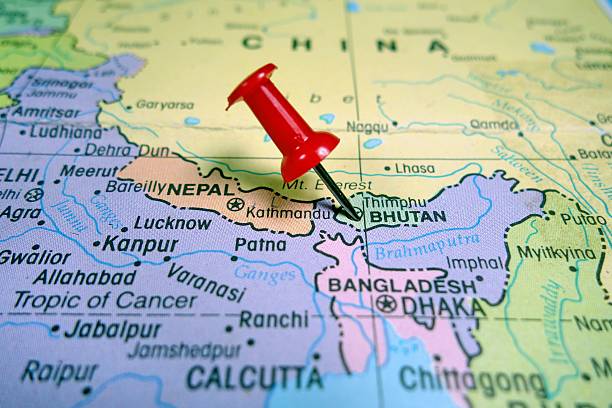+975 77 73 17 98
[email protected]

The capital, Thimphu, offers a unique juxtaposition of ancient monasteries alongside modern development. Punakha, with its majestic dzong and serene rivers, provides a glimpse into Bhutan’s spiritual and historical richness. Paro, surrounded by towering peaks, hosts the iconic Tiger’s Nest Monastery, perched dramatically on a cliff.
Bhutanese culture is deeply rooted in Buddhism, evident in colorful festivals, traditional dances, and intricate temple architecture. The country’s commitment to environmental conservation is reflected in its lush forests, diverse flora, and fauna.
Bhutan restricts the number of tourists, preserving its pristine landscapes and cultural authenticity. Whether hiking to sacred sites, exploring bustling markets, or engaging with friendly locals, Bhutan offers a unique and transformative travel experience—one where happiness isn’t just a goal but a way of life. In Bhutan, every valley, monastery, and smile tells a story of a kingdom that values joy, simplicity, and the beauty of the Himalayas.
Nestled in the Eastern Himalayas, Bhutan, the “Land of the Thunder Dragon,” captivates with its pristine beauty and unique cultural heritage. This kingdom, bordered by India to the south and China to the north, is renowned for its commitment to Gross National Happiness over GDP. Bhutan boasts stunning landscapes, from lush valleys to snow-capped peaks, providing a backdrop for ancient monasteries and dzongs. The Bhutanese people, deeply rooted in their traditions, practice Buddhism, and their elaborate festivals showcase vibrant costumes, masked dances, and spiritual rituals.
Bhutan’s sustainable approach to tourism ensures a limited number of visitors, preserving its unspoiled environment and cultural authenticity. Visitors can hike to the iconic Tiger’s Nest Monastery, explore traditional markets, and immerse themselves in a nation where spirituality, nature, and happiness converge in a harmonious blend.